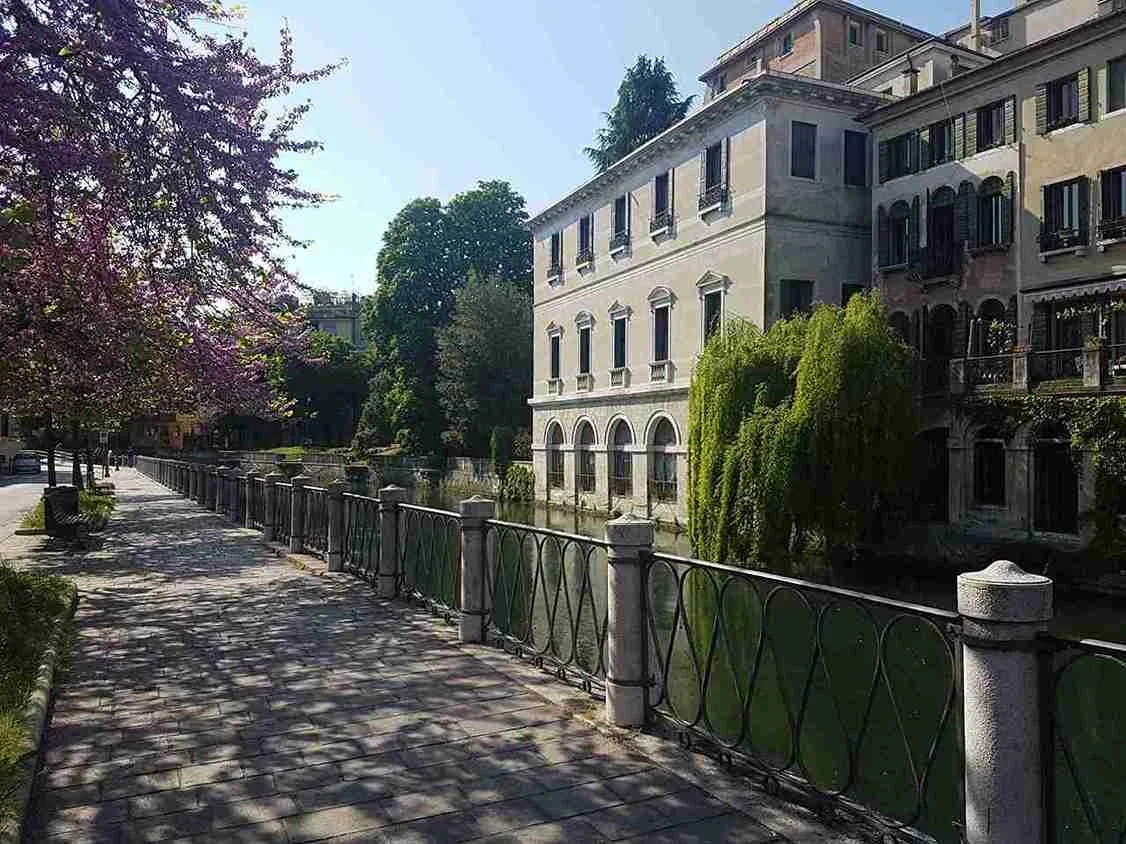Unusual Treviso: hidden gems and curiosities to discover
Think Treviso is just tiramisù? Think again. This calm, elegant city hides unexpected experiences, quirky stories and hidden gems off the beaten path.
If you’re planning a one-day itinerary in Treviso or need a quick break from Venice, get ready to explore a truly unusual side of the city — at your own pace.
Whether you’re here for a day or a weekend, Treviso is perfect for getting lost among secret corners and small mysteries — a different mood, far from the usual tourist trails.
Curious to see Treviso in a new way? Read on: we’ll show you how to explore its most intriguing spots with ClueGo, a self-guided, clue-based city walk that turns every corner into a discovery.
What you’ll find in this guide
Fun facts and alternative tours in Treviso
The birth of Tiramisù
The watermills of Treviso
Count Rinaldi
The drought witch
The painted city
Discover the hidden gems of Treviso with ClueGo, the self-guided puzzle tour that lets you explore the city in a different way.
Curiosities and alternative tours in Treviso
Did you know Treviso once faced a long period of drought because of a witch? Or that, thanks to its canals, it was one of Italy’s cities most tied to watermills?
Behind its elegant streets lies a different city — full of legends, quirky stories and hidden views few people know.
Looking for unique things to do in Treviso or an alternative tour off the beaten path? Start with these five Treviso hidden gems.
The birth of Tiramisù
Who doesn’t know Treviso’s tiramisù, the dessert that conquered the world from a small town in the Veneto region?
Its name comes from the dialect tireme su — “cheer me up” — and it couldn’t be more fitting.
Legend says it began in the 19th century with a humble snack called sbatudin (egg yolks and sugar), to which mascarpone, coffee and cocoa were later added.
Today tiramisù is a symbol of the city, celebrated every year with the Tiramisù World Cup. And who knows — on a ClueGo trail you might even pass the places where this sweet story began.
Check out the Treviso riddle trail.
The watermills of Treviso
A walk along the River Sile seems peaceful… until you realise how much history flows beneath.
Between the 5th and 11th centuries, Treviso’s mills were essential: more than 80 waterwheels worked tirelessly to grind wheat destined for Venice.
Some of those old “rode” — the local word for waterwheels — are still visible today, hidden among the canals near the Pescheria and Ponte San Francesco.
Spot one? Pause for a second: in Treviso, even what looks still is quietly in motion.
Count Rinaldi
In Treviso there’s a family that left more than a name on a street and a square — they left it with style.
The Rinaldis, originally from Venice, settled here in the 1200s. The most famous? Count Tita Rinaldi, known for clever, over-the-top pranks.
Never mean-spirited, just playful: the kind of friend who’d trick you — then buy you a drink.
He’s remembered as the symbol of Treviso’s cheerful, self-ironic spirit — the kind that never takes itself too seriously.
The drought witch
In Treviso, even legends have a sense of drama.
In 1498 Caterina Clauda Furlana, a woman from Udine, was accused of witchcraft after failing to cure Sir Meneghino’s son. Driven out, she allegedly cursed the city:
“Even if there is plenty of water now, in a hundred years it might dry up.”
A century later, Treviso reportedly struggled with drought. To “break” the spell, the city received the famous Fontana delle Tette — a fountain that once poured red and white wine as a symbol of abundance.
The original statue is kept under the loggia of Palazzo dei Trecento — a curious story to tell… perhaps with a glass of prosecco in hand.
The painted city
You don’t need a museum in Treviso — just look up.
Historic facades are covered with colourful frescoes telling centuries-old stories, earning Treviso the name “urbis picta,” the painted city.
One of the best examples is Casa del Corno, near the Vescovado: arcades, trefoil windows, and decorations that seem straight out of a Gothic handbook (only more Instagram-friendly).
In the past, locals didn’t just plaster their homes — they “dressed” them with lime and geometric patterns.
The result? A historic centre that feels like an open-air gallery, perfect for those who love to get lost in details and discover the city bit by bit.
Discover Treviso differently with ClueGo
Visiting with a guide is classic. If you prefer to explore on your own, try ClueGo — a self-guided, puzzle walking tour that turns the city centre into a playful, curiosity-driven trail.
No group, no schedule: just the city, at your own pace and a different way to look around.
Why travellers love it
Playful yet meaningful: you actually discover the city
Perfect for couples, friends, or curious families
Available in Italian and English
Ready to explore? Check the Treviso self-guided tour and start when you like.
Not sure how it works? What is ClueGo








